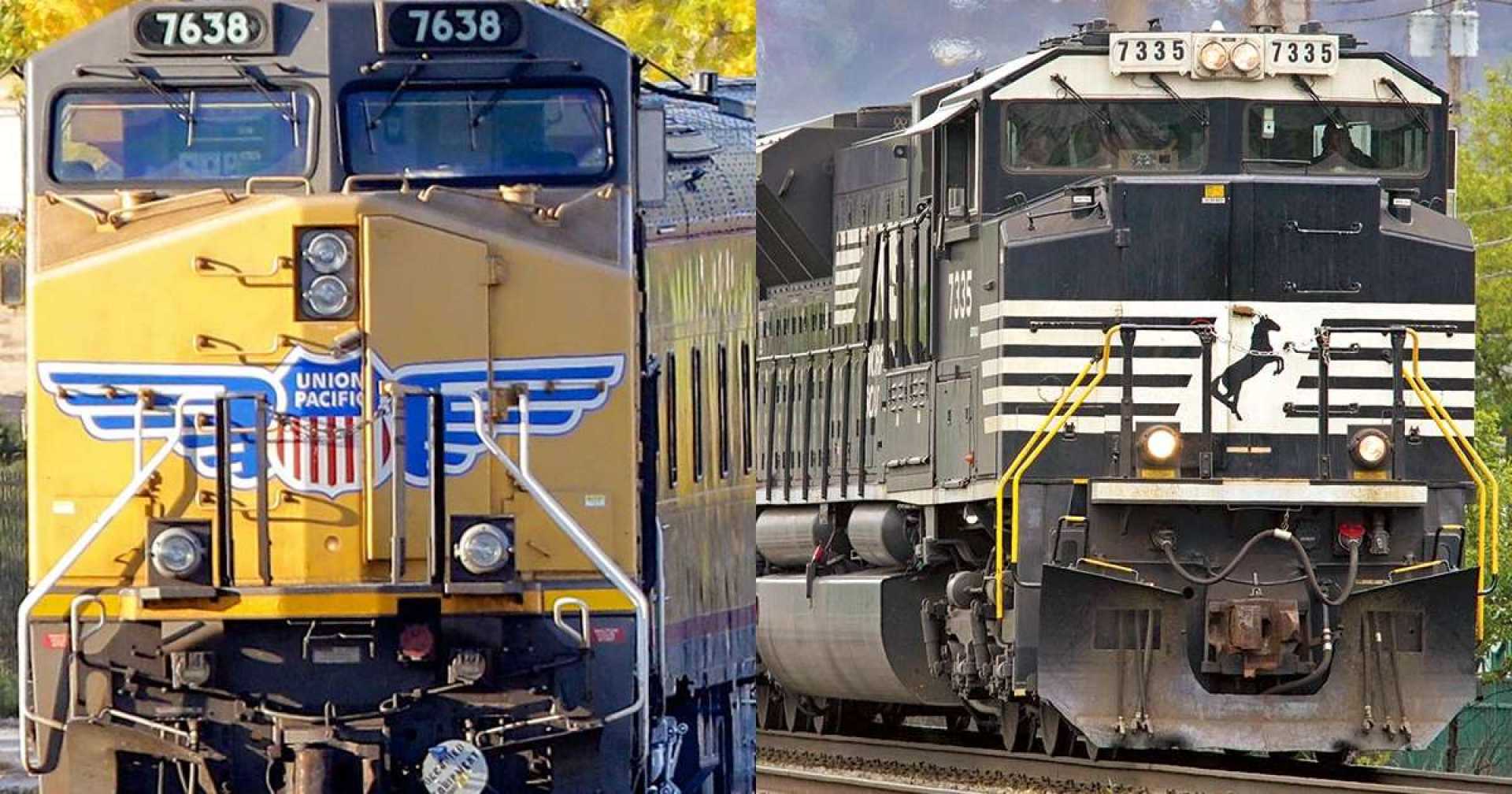Business
Union Pacific and Norfolk Southern Plan Historic $72 Billion Merger

OMAHA, Nebraska — Two of the largest railroads in the United States, Union Pacific and Norfolk Southern, announced a plan on Tuesday to merge in a $72 billion deal that would create America’s first transcontinental freight railroad.
This stock and cash merger would mark the largest in a railroad sector that has seen significant consolidation in recent years. The deal requires regulatory approval and will test the Trump administration’s antitrust regulators, who have shown more willingness to approve mergers than their predecessors.
According to the Bureau of Transportation Statistics, freight railroads are vital to the U.S. economy, carrying about 30% of the nation’s freight by weight. Trains transport a variety of goods, including cars, food, and energy products.
“Railroads have been an integral part of building America since the Industrial Revolution, and this transaction is the next step in advancing the industry,” said Union Pacific CEO Jim Vena in a statement.
Union Pacific operates in the western U.S., while Norfolk Southern covers the east. This merger could prompt other major railroads, such as Burlington Northern Santa Fe and CSX Corp., to consider merging to remain competitive, potentially resulting in only two major freight railroads in the country.
“We are confident that the power of Norfolk Southern’s franchise, diversified solutions, high-quality customers and partners, as well as skilled employees, will contribute meaningfully to America’s first transcontinental railroad,” said Norfolk Southern CEO Mark George.
However, some rail customers have expressed concern that the merger could lead to service disruptions and higher shipping rates. “The experience in the rail industry has been that mergers have resulted in no improvement in service, and sometimes worse service and higher rates,” said Ann Warner, a logistics consultant for various rail customers.
Critics worry that service could suffer due to the merger, as history has shown that mergers in the rail industry often lead to less reliable service.
Despite delays, both companies promise that the merger will ultimately benefit their customers. Vena mentioned efficiencies in hauling various goods across the country, including steel and produce.
The merger will still need approval from antitrust regulators and the Surface Transportation Board before it can close, which could take months or even years. This follows the approval of the Canadian Pacific Kansas City Southern merger in 2023, which set a precedent by minimizing overlapping routes.
While east-to-west rail service has been available since the first transcontinental rail was completed in 1869, moving goods across the country often requires transferring freight between different railroads. The proposed merger would be the first of its kind in two decades, and many industry experts will be scrutinizing the outcome closely.












